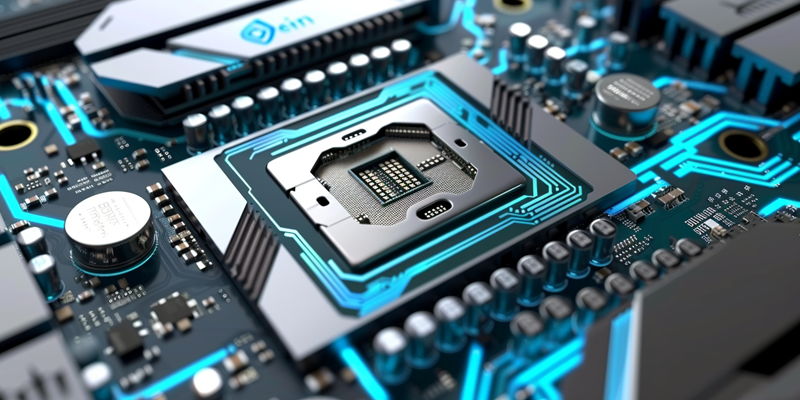Intel is on the brink of revolutionizing computing with its advanced Arrow Lake and updated Raptor Lake-H processors. These chips are set to redefine performance in their market segments. Intel’s new branding aligns the Arrow Lake CPUs as the “Core Ultra 200” series and the Raptor Lake-H as the “Core 200H,” aiming for a clearer product distinction.
The Arrow Lake line targets the high-end market with a range of configurations, catering to varying consumer demands. The Core Ultra 200 series blends power and efficiency, offering up to 6 Lion Cove P-Cores and 8 Skymont E-Cores in the Arrow Lake-H variant. A select few models in this series boast the improved Xe-LPG “Alchemist+” GPU architecture, pushing graphical capabilities forward. For the ultimate performance, the Arrow Lake-HX variants mirror desktop CPUs, with a potent mix of up to 8 P-Cores and 16 E-Cores, showcasing Intel’s ambition to deliver desktop-grade power in mobile devices. This move by Intel signifies their focus on providing clear distinctions in performance across their product line.
Refreshed Raptor Lake-H: Value-Oriented Power for Gamers
Intel’s latest move in the gaming CPU market is the Raptor Lake-H refresh, a strategic choice prioritizing value and performance. The updated series leverages the proven efficiency of Raptor Cove P-Cores and Gracemont E-Cores. Instead of a complete redesign, this approach optimizes existing architecture, ensuring gamers receive the necessary power for new titles without an exorbitant price jump. Intel’s tactic serves the dual purpose of enhancing performance within the familiar Raptor Lake-H lineup while controlling costs—key in appealing to gamers who consider the price-to-performance ratio vital. By refining rather than reinventing, Intel stays flexible and competitive, recognizing the rapid developments in the tech industry. This refreshed series could encourage a quicker uptake among budget-aware gaming enthusiasts due to the maintained balance between cost efficiency and improved capability.
Anticipated Performance and Market Orientation
Arrow Lake: Pushing Boundaries with 20A and TSMC 3nm Processes
Intel’s Arrow Lake series marks a technological leap by merging Intel’s 20A process node with TSMC’s 3nm process for the GPU tile. This collaboration harnesses the manufacturing might of both Intel and TSMC to provide a potent computing experience. The top H-Series processors in this lineup are equipped with up to 14 cores and 20 threads, a testament to the raw power and efficiency designed for mobile computing.
These chips are engineered to pair with the latest memory technologies, including DDR5 and LPDDR5X, ensuring that the memory speed matches the processor’s advanced capabilities. This harmony between next-gen memory and the processor’s architecture demonstrates Intel’s commitment to delivering a high-performance ecosystem that can keep pace with increasingly intense user demands and evolving memory standards. Arrow Lake’s design is a forward-thinking strategy that anticipates the future of computing, setting a new bar for power and performance in the industry.
Expectations for Release and Competitive Landscape
Intel is on track to release their Arrow Lake “Core Ultra 200” and Raptor Lake-H Refresh “Core 200H” mobile processors in late 2024 or early 2025. This strategic timing positions Intel to compete with AMD’s Strix Point CPUs and to capitalize on consumers looking for the latest technology. The launch further affirms Intel’s commitment to market leadership by offering a range of processors suitable for gamers, professionals, and enthusiasts.
Intel’s new CPUs will encompass advanced performance features, showcasing the company’s focus on innovation and market adaptability. They aim to provide diverse solutions across user segments, enhancing their market presence when potential buyers are seeking new or upgraded options. This planned rollout demonstrates Intel’s continuous push to be at the forefront of the processor industry, balancing cutting-edge technology with strategic release schedules.

